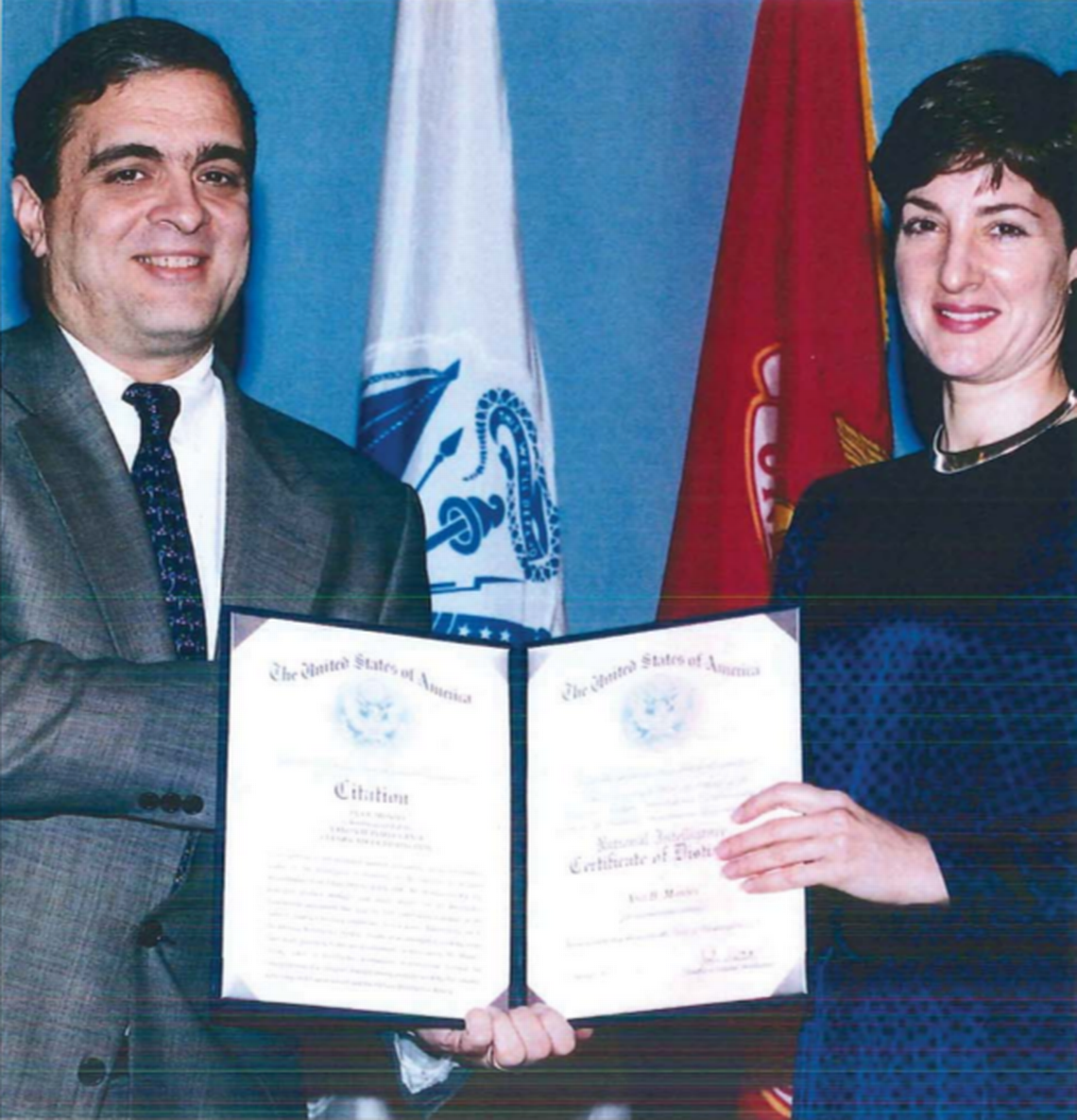Spy who helped Cuba fight Miami exiles to be freed. Once she’s out, banish her there | Opinion
Cuba’s top spy in the United States will be freed from prison on Jan. 8 after serving just 20 years in a federal prison in Texas. She is said to be coming to Miami, briefly. If she comes, she should keep on moving for the repressive regime for which she betrayed us. She rightly will be persona non grata.
Ana Belen Montes, now 65, was required to serve most of the 25 years to which a Washington judge sentenced her for passing U.S. government secrets to Cuba.
Throughout the 1990s, Montes was a top intelligence analyst and Cuba expert for the Defense Intelligence Agency and then the State Department. At the same time, she spied for the Cuban government, passing secrets to them, which she memorized during the day in her cubicle and transcribed at home at night for her Cuban handlers, with whom she communicated through coded messages over shortwave radio.

Finally, double-crossed by another captured Cuban spy after 17 years of betraying her government, Montes was arrested and charged with espionage. She agreed to collaborate with the U.S. government to avoid treason charges and a possible death penalty. It’s unclear if she ever turned on her Cuban handlers.
It was a relatively lenient sentence for this Mata Hari, whose family had roots in Puerto Rico. Other traitors like Aldrich Ames and Robert Hanssen are serving life sentences and may never be released. In 1953, in one of America’s most famous spy cases, the Rosenbergs, Julius and Ethel, were executed for conspiracy to commit espionage.
Even on the eve of her release, the Miami Herald on Thursday revealed new allegations about Montes’ spycraft, which had not been released until now. It turns out, she was willing to divulge U.S. war plans in Afghanistan.
Some believe that innocents lost their lives because of Montes’ deceit. Prosecutors at her trial said she passed on the names of four Cuban spies; she also played a role in the deaths of four Brothers to the Rescue fliers in the 1996 shootdown of two Cessna aircraft by Cuban MiGs. The fliers from Miami allegedly crossed into Cuban airspace.
Ironies of ironies, Montes’ was the State Department’s point person in determining the U.S. response to the fliers’ deaths. Some of them were American citizens. The U.S. response? There were economic sanctions imposed on Cuba by then-President Bill Clinton and his U. N. Ambassador Madeleine Albright famously criticized the downing of the planes by Cuba with the line: “It’s not cojones, it’s cowardice.” But no criminal charges were ever filed, despite outcry from exiles in Miami.
So who created Montes? Prosecutors said Montes was recruited at John Hopkins University by Cuban intelligence after she expressed anti- U.S. sentiments in its policies toward Latin America.
Many in Miami still don’t know Montes’ name. Still, the depth of her espionage work and the damage it did to Miami’s Cuban-exile community as they tried for decades to end the Castro regime is immeasurable. With Montes’ help, Fidel Castro could stay a step ahead.
Unfortunately, her arrest and the revelations of her treason happened a week after 9/11. Our attention was elsewhere.
But here’s how vital she was to the Cubans: Montes helped frame the U.S.’ official view of Cuba while she was in Fidel Castro’s pocket. It explains much of Castro’s arrogance. He must have thought us fools.
As the head of the U.S. House Foreign Affairs Committee, former Miami Congresswoman Ileana Ros-Lehtinen was often briefed by Montes, she told the Editorial Board.
“It is still shocking to know that an anti-U.S. and pro-communist regime spy who did so much damage to our national security will soon be released from her well-deserved prison cell.”
Ros-Lehtinen said Montes wrote many of the reports given to her as a member of Congress — and those reports falsely asserted that Castro posed no threat to the United States; that’s the message Monte’s Cuban handler had pushed her to sell to several administrations. She would then alert Cuba on our country’s next steps in dealing with the island. Montes hated the United States so much that she never took money for betraying her country. She was doing it on principle. Unbelievable.
“The information that Montes provided to the Castro regime cost human lives,” Ros-Lehtinen said told the Editorial Board. “She committed treason because she was against our U.S. policy against the communist regime of the island and, as the book that chronicled her espionage operation was entitled, Montes was a “True Believer” in that failed and cruel system.”
But with her arrest, Montes did Miami’s Cuban-exile community one favor: She helped confirm exiles’ long-held belief that Cuban spies, sent by Castro, were living in the United States, well-informed about U.S. actions. The later arrests of a network of Cubans spies in Miami cemented the point.
Exileswere not crying wolf after all, despite the ridicule they endured for their warnings.
But, by then, it was too late — and someone like Montes was allowed to do such damage. What a shame.
Once out of prison, where should Montes, an American citizen, live? Reports are that she will eventually end up in Puerto Rico.
But we suggest another island, a mere 90 miles away.
